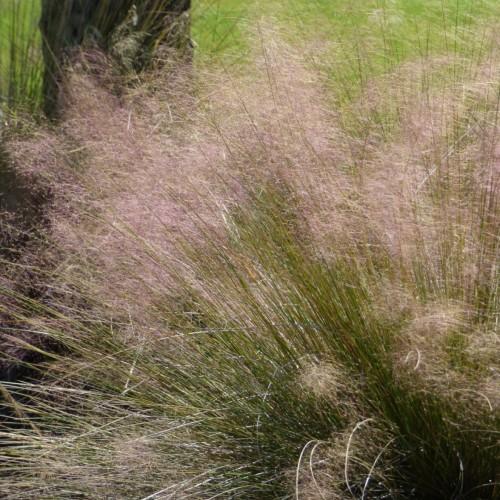
sand lovegrass
Eragrostis trichodes
Cycle:
Perennial
Watering:
Minimum
Hardiness Zone:
5 - 9
Flowers:
Flowers
Sun:
Full sun
Leaf:
Yes
Growth Rate:
High
Maintenance:
Moderate
Drought Tolerant:
Yes
Salt Tolerant:
Yes
Invasive:
Yes
Care Level:
Low
watering
Sand lovegrass (Eragrostis trichodes) should be watered once or twice a week, depending on the season and the type of soil it is grown in. During the summer months, when the temperature is warmer, it is important to provide more frequent watering. If the soil is sandy or droughty, water the plant more often. In the fall and winter, when temperatures are cooler, reduce the frequency of watering to allow the soil to dry out between each session. With regard to the amount of water, it should be enough so that water starts to flow from the site of the watering. This will ensure that all of the roots have had an opportunity to absorb moisture.
sunlight
Sand lovegrass prefers full sun and thrives when it receives a minimum of 6 hours of direct sunlight each day. Typically, it will perform best when planted in areas with direct sun exposure for most of the day, especially during the peak heat of the summer. It can tolerate partial shade, but the more sun it receives the more lush growth it will produce. While Sand lovegrass is drought tolerant, it performs best when adequate moisture is available throughout the growing season. It will benefit from supplemental irrigation during times of extended drought or extreme heat.
pruning
Sand lovegrass should be pruned once a year, typically in late winter or early spring, before the new growth begins. Start by removing any dead, diseased or damaged stems that are no longer growing. Then, use pruning shears to trim the stem tips to desired length. Generally, the plant should be pruned back by roughly 1-third of its original size; however, depending on the size and shape of the desired plant, pruning may need to vary. When finished pruning, discard all the cut material and gently water the surrounding soil.
